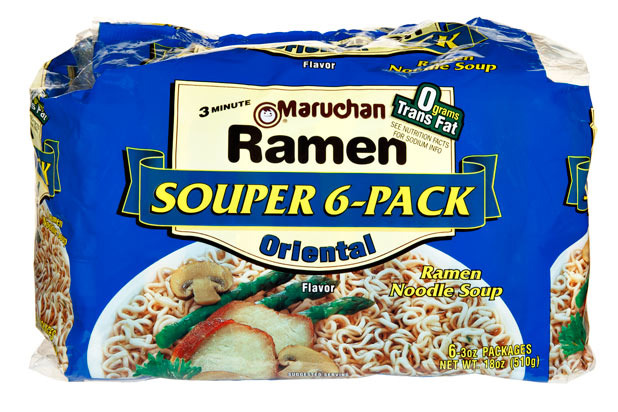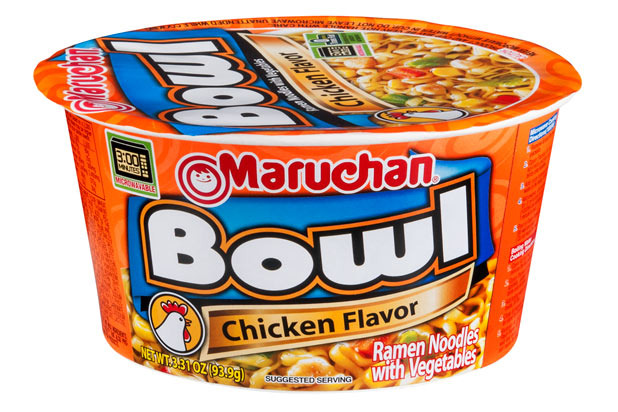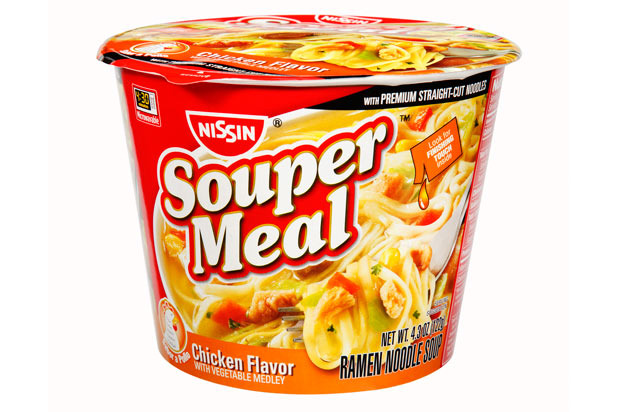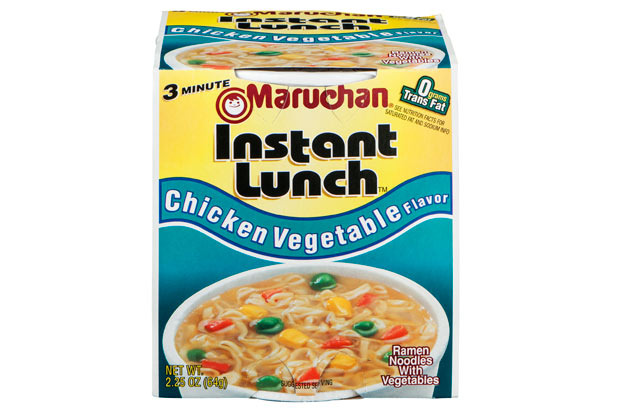10 Things You Should Know About Instant Ramen (Slideshow)
Instant noodles come in plenty of varieties these days.
It was Invented in 1958
Ando invented instant noodles way back in 1958, and while the packets of pre-seasoned dried noodles were immediately popular, they didn't really take off (especially internationally) until 1971, when Nissin (the same company that invented them) introduced Cup Noodles, which just required the addition of boiling water.
It was Invented in 1958
Ando invented instant noodles way back in 1958, and while the packets of pre-seasoned dried noodles were immediately popular, they didn't really take off (especially internationally) until 1971, when Nissin (the same company that invented them) introduced Cup Noodles, which just required the addition of boiling water.
The First Brand Name was Chikin Ramen
Sounds like chicken... and tastes like it too, more or less.
It Was Originally a Luxury Item
Believe it or not, instant ramen was somewhat of a luxury item when it was first invented, selling for 35 yen per serving, about six times the price of fresh noodles.
Ramen Was the First Food to Include Production Dates on Packaging
Ando was one of the most important food innovators of the twentieth century, also founding the Instant Food Industry Association, which established guidelines for fair competition and quality.
Ando Ate Instant Ramen Nearly Every Day of His Life
Ando truly believed in his product, and he claimed that the secret to his long life was playing golf and eating instant ramen nearly every day. It must have worked: he died in 2007 at age 96.
It Really is Terrible for You
Instant ramen might have worked to Ando, but there's very little health benefit in it. It's high in carbohydrates, sodium, and fat, but very low in protein, fiber, and vitamins and minerals. If you add some fresh chopped vegetables or lean protein it'll add some nutritional value, but won't negate the fact that it's loaded with chemicals and MSG.
The Noodles are Fried
Ever wonder how they get the noodles so crispy? They're deep-fried, which adds to the fat content but lowers the total liquid content in the noodles to about two percent.
One “Souper Meal” Contains about 110 Percent of a Day’s Suggested Sodium Intake
Nissin's "Souper Meal" is about twice the size of a regular Cup Noodles and includes thicker noodles, more vegetables, and a richer broth. Unfortunately, the average container contains more than 2,600 milligrams of sodium, more than a whole day's suggested intake of 2,400 milligrams: the equivalent of a heaping teaspoon of table salt.
Maruchan Instant Lunch is Slightly Healthier than Nissin Cup Noodles
If you need to choose between Maruchan's Instant Lunch and Nissin's Cup Noodles from a nutritional standpoint, opt for Maruchan. Each 64-gram cup contains 10 fewer calories (290), 1 fewer gram of fat (12), and 1,190 milligrams of sodium, compared to Nissin's 1,410.
The Most Recent Study Isn’t Exactly Conclusive
As for that New York Times headline? It's a bit misleading. The study actually found that women who eat instant noodles at least twice a week were 68 percent more likely than men to develop a metabolic syndrome (like obesity and high blood pressure). This could be because postmenopausal women are more sensitive to carbohydrates, sodium, and saturated fat, or because they're better than men at reporting their diet. Still, the research backs up the fact that instant noodles are still quite unhealthy.










